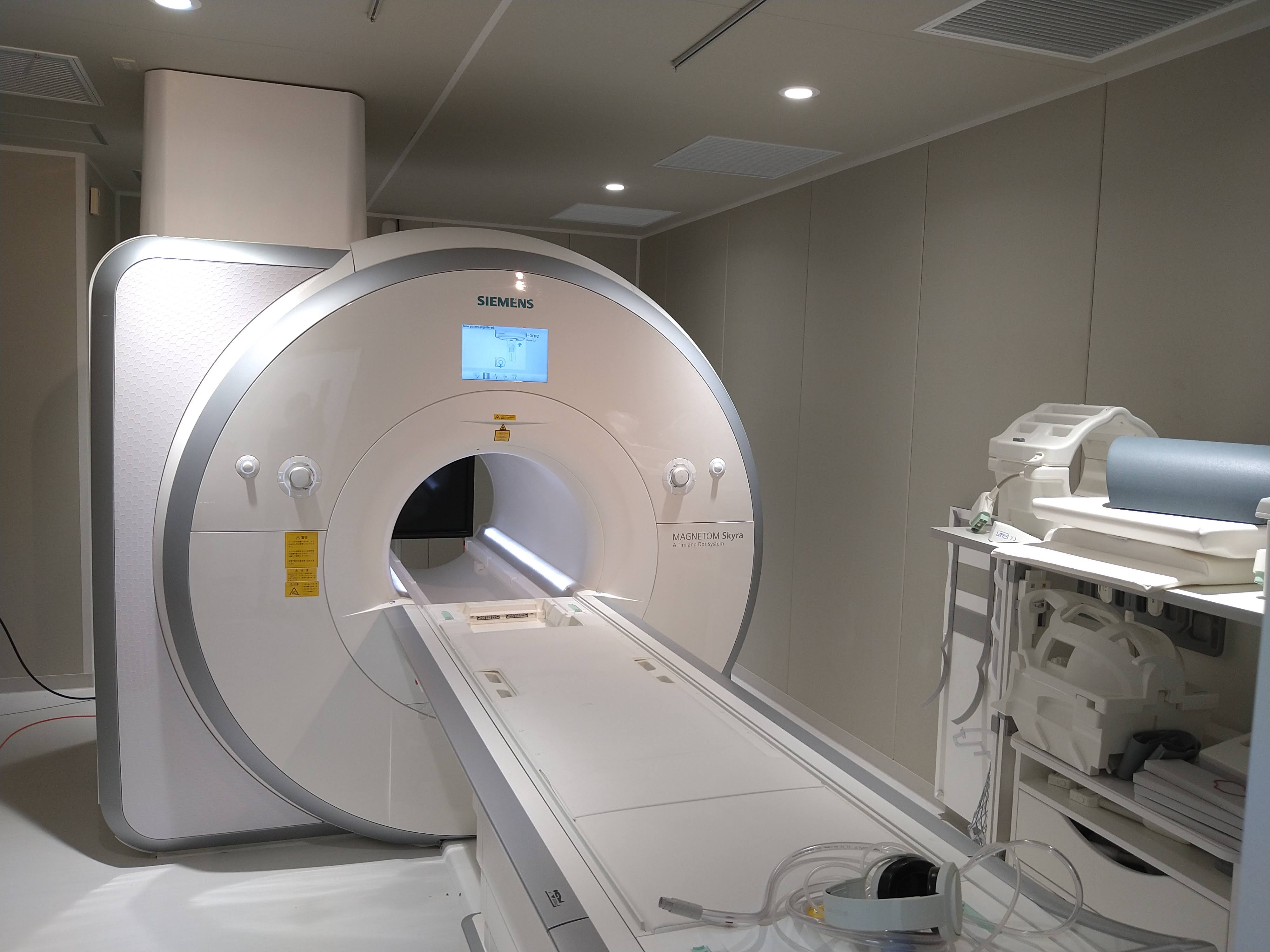Research
Topics
Motor adaptation and learning
Humans can adapt their movements flexibly to environmental changes. Also, human movements progressively become smoother and more accurate through repeated practice. Currently, we are conducting research focusing on locomotor adaptation based on muscle activities of the lower limb during walking and running with different belt speeds on the left and right. In addition, as a research member of Doshisha Research Project for Active Life in Space Engineering and Medical Biology, we are investigating neural adaptation during locomotion under conditions that simulate a microgravity environment with body-weight unloading.
We are also studying the effect on task performance using transcranial direct current stimulation (tDCS) which can modify cortical excitability.
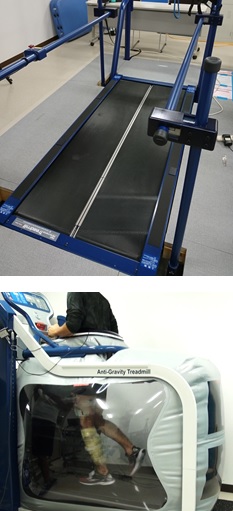
Neural bases that enable athletes to have excellent athletic performance
We are researching to clarify the structural and functional characteristics of the brain in athletes. Using magnetic resonance imaging (MRI), we are examining the relationship between structural brain characteristics and task performance due to long-term exercise experience.
We are also conducting experiments on the evaluation of visual information processing ability, which is important in open-skill sports.

Modulation of corticospinal excitability during motor imagery and observation
By rehearsal and observation of the movement, modification in the excitability of the corticospinal tract by the transcranial magnetic stimulation (TMS) has been examined.

Neural control of human locomotion
During locomotion (walking and running) in humans, many muscles throughout the body are rhythmically contracted. For the neural control of the locomotion, in addition to descending commands from the brain and activation of neural networks in the spinal cord, somatosensory information (such as muscle length and body-weight loading) might also play an important role for regulating muscle activity. Therefore, our research is focusing on the effects of somatosensory inputs to the modifications in the neural excitability during locomotion.
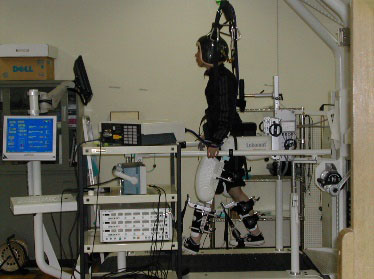
Equipment
Treadmill
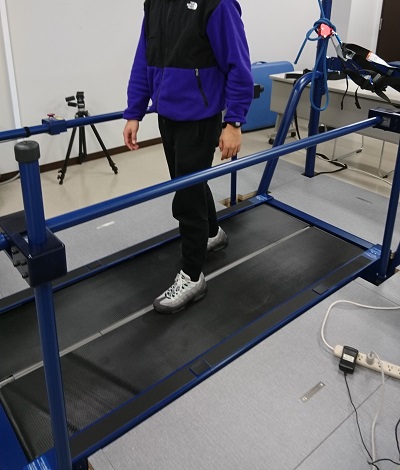
Electromyograph (EMG)/ Electroencephalograph (EEG)
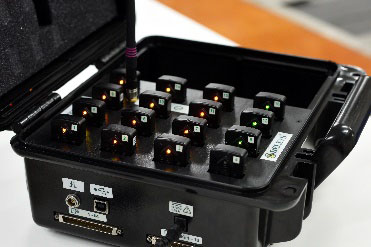
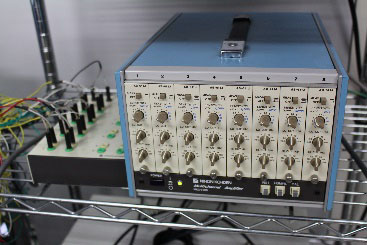
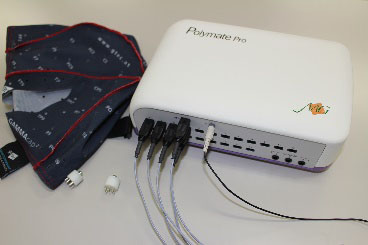
Transcranial magnetic stimulation (TMS)
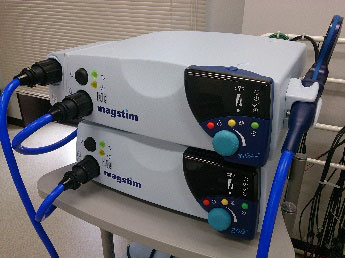
Transcranial direct current stimulation (tDCS)
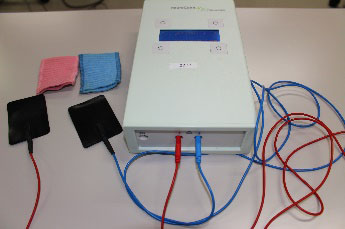
Electrical stimulator
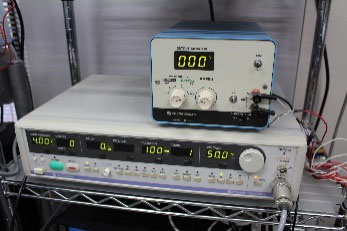
AD converter


MRI
